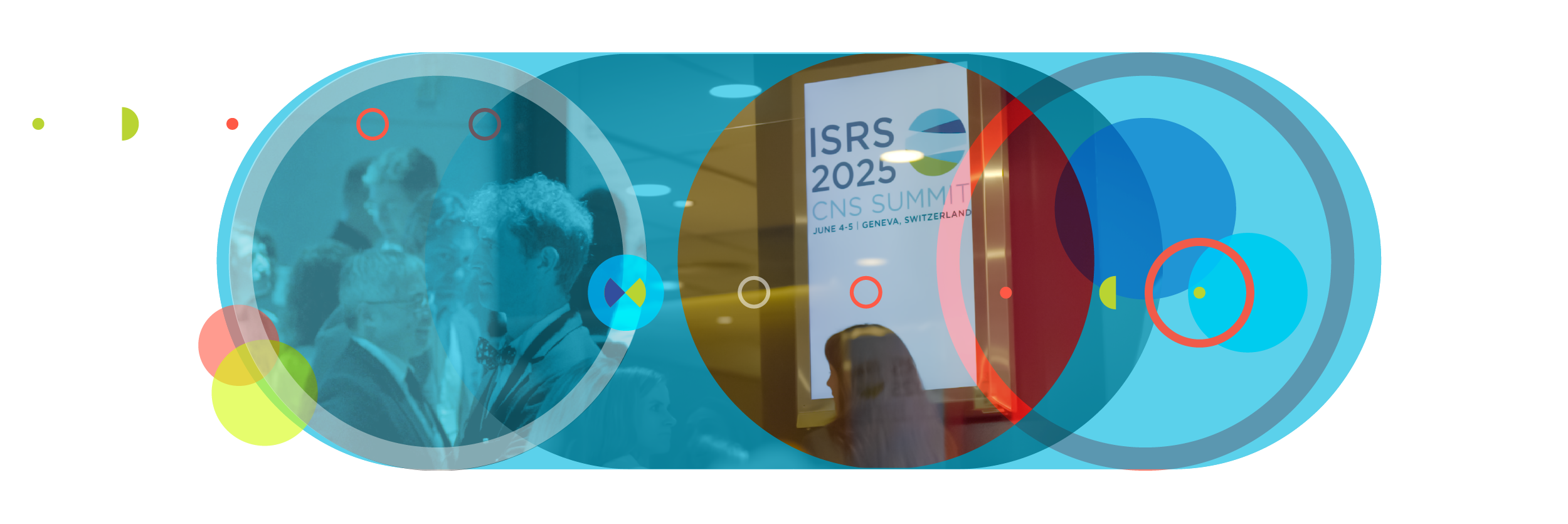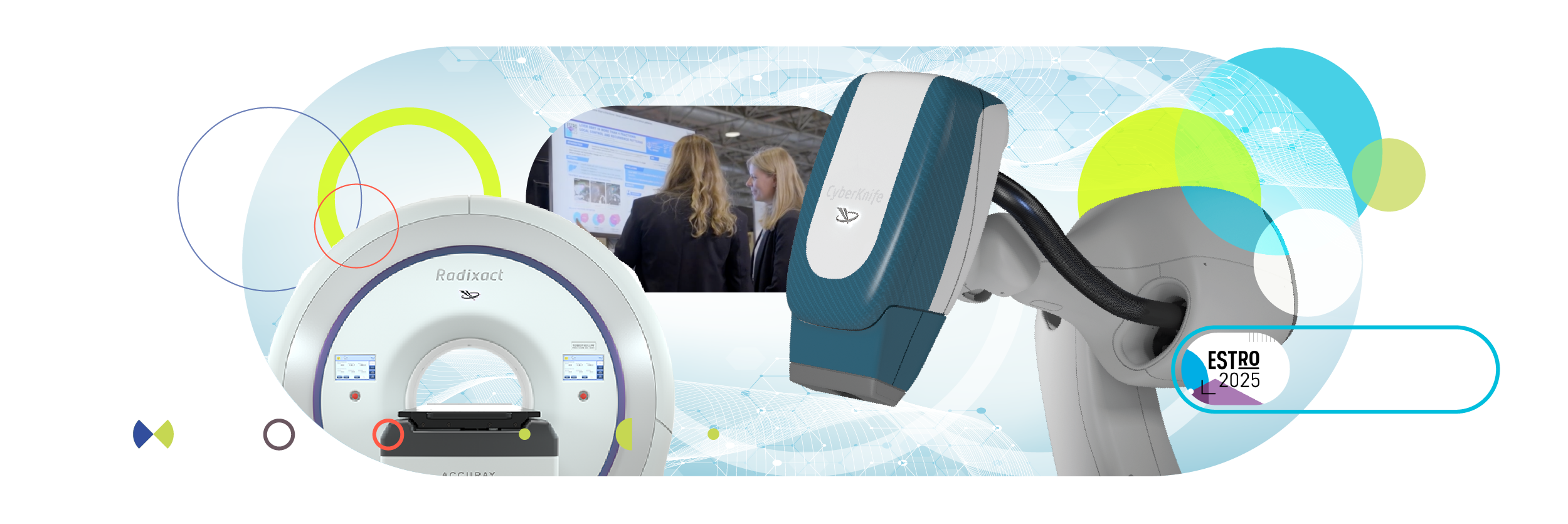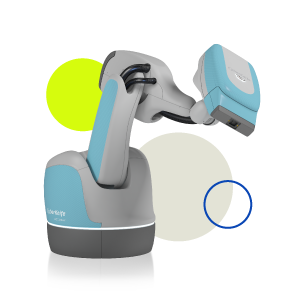Adaptive radiotherapy (ART) has long been viewed as the inevitable future of radiotherapy. Patients are living, breathing implying dynamic “targets” and tumors that can change significantly over treatment fractions. But in a world where optimizing patient volume is key both from a public health and economic perspective, what does the future of ART look like?
Let’s take a look at how exciting innovations are overcoming many of the conventional barriers to ART — and why new technological advances will make kVCT ART the most practical treatment modality for the widest range of clinics, indications and patients.
The patient volume effect in a radiotherapy department
The volume of patients requiring radiotherapy is rising. As the global cancer burden grows and patients are living longer with cancer, requiring long-term management, the demand for radiotherapy continues to surge.
Today, it’s estimated that more than half of all patients with cancer will require radiotherapy treatments, yet as much as 60% of those patients do not currently have access to radiotherapy.1
We are also just beginning to feel the aftershocks of the pandemic. Estimates suggest tens of millions of Americans canceled or delayed cancer screenings because of pandemic concerns over the last two years. We know this same problem will be echoed globally. Research from the Harvard School of Public Health estimated a 10% to 14% increase in cancer cases diagnosed in 2021 and 2022 — with a higher concentration of advanced-stage cancers.
These demand-driving factors make it clear that the patient and public interest lies in expanding access to radiotherapy. But having access to radiotherapy alone is not enough. We need to ensure patients have access to the right form of radiotherapy that suit all their treatment needs, including adaptive radiotherapy (ART) that is practical for the widest range of patients.
Interwoven with that concern are the economic realities for radiotherapy clinics. The ongoing shift toward value-based reimbursement is undoubtedly a boon to the adoption and utilization of more advanced treatments, including both offline and online ART. But patient volume is still essential to economic health, and with demand high, volume often comes down to throughput. Radiotherapy clinics need to be able to treat a higher volume of patients in order to economically justify and support the technologies and talents necessary to deliver the highest-quality care.
Thus, patients, providers and the wider general public are all aligned on one priority: The technologies that power radiotherapy must be optimized to deliver highly personalized and precise treatments to the maximum number of patients.
The principles of image-guided radiation therapy
Image-guided radiation therapy (IGRT) laid the foundation for accurate treatment delivery. It is the process that enables us to be certain we are treating the target volume as planned. Ensuring the right radiation dose is delivered to the right place. For more than two decades, processes and best practices have been defined to ensure treatment accuracy. Many different forms of IGRT exist, such as MV, kV, CBCT and MRI. But as imaging technologies advance to include ART, the principles of effective IGRT remains the same. IGRT is the core component of modern radiotherapy services.
Moving ART from proven to practical
The value of ART was proven through clinical research more than two decades ago. ART enhances the accuracy of dose delivery, helping to reduce dose delivered to surrounding healthy tissues. Not only can ART minimize side effects and complications, it can empower clinicians to use smaller margins to deliver hypo and ultra-hypofractionated treatments with increased confidence in precision and patient safety.
The original problem hanging over this concept deemed imaging necessary for ART. While integrated imaging has been part of radiotherapy systems for decades, integrated imaging systems were largely designed for basic patient set-up and positioning.
Image quality was not sufficient to enable clinicians to make decisions on whether to adapt a treatment plan and certainly not adequate to execute re-planning. This meant that ART workflows included multiple trips back to CT planning, adding even more time and cost to an already-intensive workflow.
A dual reality also emerged around the utility of ART. The ART approach is not yet utilized for many indications and cases. At the same time, in many of the most relevant indications and cases, achieving the clinical benefits would require plan evaluation and potential re-planning on a frequent basis — before every treatment or even within treatment fractions, to account for real-time anatomical shifts.
Thus, from the genesis of ART, the goal has been to create technologies that make workflows for offline ART practical for a wider range of indications and patients — and to make online or real-time ART possible in those most sensitive and dynamic cases.
Helical TomoTherapy®: The first CT-linac
In the 1990’s TomoTherapy was the first megavoltage system to provide CT images of the body in the treatment position, offering a promise of ART. This allowed 3D images to be acquired along a treatment length using MV energy. Since this time, helical kV fan-beam imaging known as ClearRTTM has been added providing diagnostic like images for treatment verification to the Radixact® System, the next-generation TomoTherapy platform. The addition of ClearRT has accelerated the ability to perform true ART.
Cone Beam CT: Verification vs ART
About 20 years ago other vendors introduced a different type of 3D imaging called cone beam CT (CBCT). Its ability to visualize anatomical areas in a large volume in one scan was hopeful. Inspite of the increasing use of CBCT to verify and correct patient positioning, the contrast resolution was not comparable to the initial planning CT making ART goals very hard to achieve. One of CBCT’s biggest weaknesses is that the cone beam geometry produces more artifacts and scatter than the conventional fan beam diagnostic CT. Another important consideration is that CBCT has been associated with increased dose exposure to patients’ bodies compared to fan beam CT. This is an important aspect to consider if a patient receives daily IGRT. Low image quality makes it difficult to delineate soft tissue structures with confidence. Many systems today still utilize CBCT to correct patient positioning, but its weaknesses severely limit the viability of ART.
MR-linacs’ strengths are their weaknesses
MR-linacs burst onto the scene in 2018 as the solution to the imaging problem. MR-linacs integrated diagnostic-quality MR imaging within radiotherapy delivery systems. Clinicians could now rely on the excellent soft tissue visualization and other high-quality imaging features to use the daily image to evaluate the need to re-plan.
MR-linacs continue to enable promising ART use cases in some of the world’s leading academic research institutions. But MR-guided ART (MRgART) will always be limited in adoption and application by the inherent features of the MR imaging technology itself. One of their biggest obstacles to ART is that they currently rely on synthetic CT for daily plan optimization rather than true electron densities from Houndsfield units (HU) acquired from CT imaging. This makes accurate dose calculation challenging and although comparisons have been made further research is required before ART can be fully utilized. MR imaging is also much more complicated and presents different operator and patient contra indications than CT imaging. That means that installing an MR-linac system requires a complete overhaul of core clinical workflows and retraining staff to accommodate the new technology. Another barrier is that MR imaging technology is much more expensive, making MR-linacs cost-prohibitive to the majority of radiotherapy clinics and practices.
The other inherent limitation of MRgART is that the time-consuming MR imaging process extends treatment well outside conventional time slots. This is economically challenging, if not infeasible, for most practices — regardless of evolving reimbursement models — and makes MRgART impractical for high-volume radiotherapy clinics.
Fan-beam kVCT addresses the shortcomings of CBCT guided linacs and MR-linacs
Fan-beam kVCT guided linacs now deliver high-fidelity integrated imaging — at high speeds that can meet the volume demands of modern clinics. Accuray ClearRT™ technology adds fan-beam kVCT helical imaging to the Radixact Systems — dramatically enhancing image quality and soft tissue visualization and creating a daily image that can be used for clinical decision-making on re-planning, and can even be used directly in re-planning workflows. Most importantly, these high-fidelity images are acquired in a matter of seconds, without extending beyond conventional time slots. This breaks through the volume barriers presented by MRgART — and opens the door to the potential of truly real-time online ART.
Intelligent automation attacking human resource limitations
As the technology to deliver ART improves, a recent study of radiotherapy clinicians found that human resources are now the biggest barrier to adoption and expanded application of ART.2 Plan evaluation and re-planning all require significant and additional time from clinical staff. These manual workflows are too time-intensive to be practical in most clinics, or to be applied across broader patient populations. This is not simply a matter of maintaining patient volume — though that’s critically important — but also a logistical reality of not having enough clinical resources to handle these increased workflow demands.
Fortunately, new highly automated ART workflows greatly reduce this resource burden. Accuray PreciseART® Adaptive Radiotherapy software, integrated within the Accuray Precision® Treatment Planning System, automatically digests the high-fidelity imaging data delivered by ClearRT imaging technology — and automatically flags cases for clinical review. This auto-flagging significantly reduces clinical workload, simplifying the decision-making process around when and whether to re-plan. PreciseART also uses AI-powered technology to provide auto-contouring and auto-segmentation capabilities that dramatically accelerate the re-planning process itself — saving even more time across the entire ART workflow.
Clinical teams around the globe are already leveraging these intelligently automated tools to focus their attention on the cases where re-planning is necessary and will deliver the greatest clinical benefit — and to generate those plans quickly and confidently.
Real-time ART is already here: Working backwards to online ART
The ultimate dream in ART is the ability to adapt treatment continuously in real time. But the reality is that hundreds of clinics have been doing real-time ART for nearly two decades.
Accuray Synchrony® technology first introduced real-time motion synchronization more than 15 years ago. Synchrony adapts treatment delivery in real time to the movement of the tumor or target, automatically compensating for patient motion and other anatomical changes — without requiring gating, patient restrictions or other artificial motion correcting techniques.
Synchrony algorithms are the first glimpse into the future of fully online ART. Synchrony gives Accuray a clear vision of how to accelerate that online ART future: We’re working to bridge the gap between the technologies that today make offline ART more practical than ever (integrated high-fidelity imaging and AI-powered plan evaluation and re-planning) with the proven technologies that power Synchrony’s real-time motion synchronization. Accuray is rapidly expanding the AI-powered decisioning capabilities of PreciseART, working toward the ability to automatically process high-fidelity fan-beam kVCT imaging data in real time to make intrafraction re-planning decisions. At the same time, we’re at the forefront of research and development of deep-learning AI that will continually make auto-contouring and auto-segmentation tools smarter and smarter — and move clinicians toward highly automated, highly efficient re-planning.
Fan-beam kVCT guided ART is the mainstream path to the ART-enabled future
Clinics and practices around the globe are increasingly making investments in technologies that will help them rise to meet surging radiotherapy demand. As we rapidly head toward the exciting and inevitable future of ART, radiotherapy practices want to make forward-thinking investments that position their practices to deliver leading-edge care both today and in the future.
Academic research settings will continue to use MR-linacs, as well as certain specialty clinics and large medical centers. We’re eager to see how these systems will create new possibilities in ART. But it’s also clear that MRgART will struggle to meet high volume demands of many clinics.
For the vast majority of radiotherapy clinics and practices, it’s now clear that fan-beam kVCT ART will be the best path toward an ART-enabled future. Leading fan-beam kVCT radiotherapy systems like the Radixact System now deliver the high-fidelity integrated imaging needed to make confident re-planning decisions based on daily (or real-time) imaging. Intelligently automated tools like PreciseART are already accelerating the entire ART workflow with AI-powered decisioning on when to re-plan — and automated contouring and segmentation tools to rapidly re-plan with an extremely high level of precision and quality. Now, Accuray is bringing together these innovations with proven technologies like Synchrony real-time motion synchronization to move the field closer than ever to the dream of real-time online ART.
Learn more about how Accuray is unlocking the promise of adaptive radiotherapy.
Important Safety Information:
Most side effects of radiotherapy, including radiotherapy delivered with Accuray systems, are mild and temporary, often involving fatigue, nausea, and skin irritation. Side effects can be severe, however, leading to pain, alterations in normal body functions(for example, urinary or salivary function), deterioration of quality of life, permanent injury and even death. Side effects can occur during or shortly after radiation treatment or in the months and years following radiation. The nature and severity of side effects depend on many factors, including the size and location of the treated tumor, the treatment technique (for example, the radiation dose), the patient’s general medical condition, to name a few. For more details about the side effects of your radiation therapy, and to see if treatment with an Accuray product is right for you, ask your doctor.









